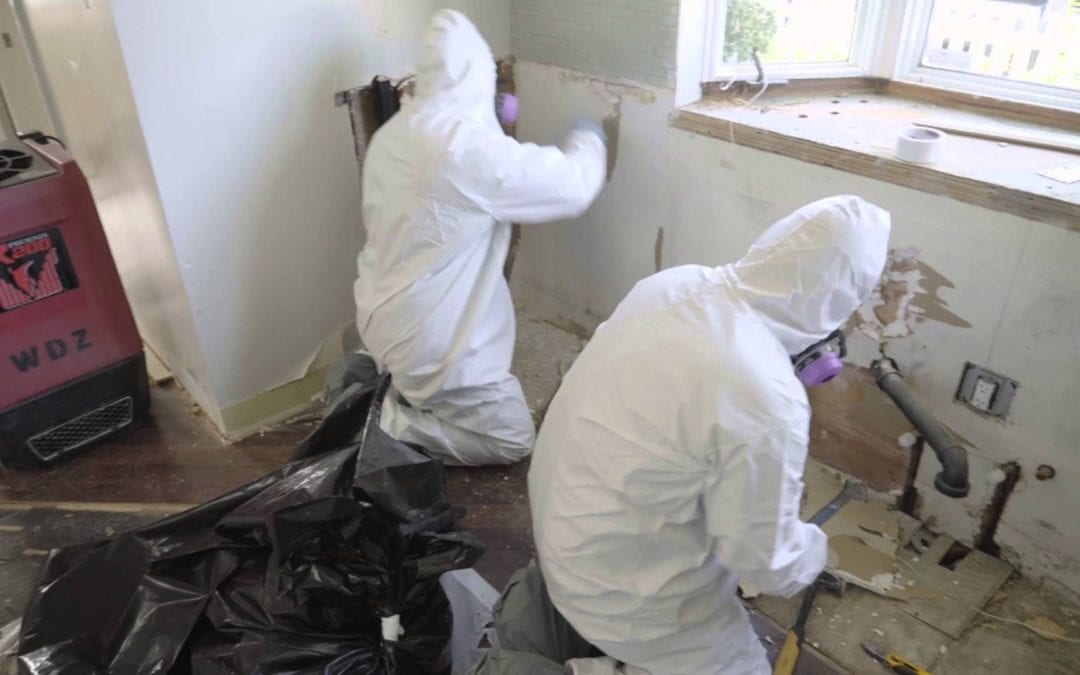Need Repair in The Great Vancouver Abbotsford Areas – Contact Us >
As an industry tradesman and highly skilled professional in the world of drywall, I have dedicated years to mastering the art of drywall installation, repair, and retexturing. In this article, I will address some common questions and concerns surrounding drywall, including how to fix damaged drywall, retexture drywall patches, the prominence of the largest drywall company in Canada, the cost comparison between drywall and plaster, the worth of replacing plaster with drywall, the life expectancy of drywall, and the disadvantages of using drywall.
How to Fix Damaged Drywall
Drywall is a versatile and widely used building material, but it is not immune to damage. Whether it’s a small hole or a larger section of damaged drywall, the repair process follows a standard procedure:
- Assess the Damage: Before beginning any repairs, assess the extent of the damage. Is it a small hole, a crack, or a larger area of damage? Understanding the scope of the issue is essential for an effective repair.
- Gather Materials: You’ll need drywall joint compound, a putty knife, sandpaper, a utility knife, drywall tape (for larger repairs), and a piece of drywall if you’re patching a larger hole.
- Prepare the Surface: For holes and cracks, use a utility knife to remove any loose or damaged drywall material. For larger holes, cut out a clean, square or rectangular opening. Ensure the edges are smooth and clean.
- Apply Joint Compound: Use a putty knife to spread joint compound over the damaged area, feathering it out beyond the edges. For larger holes, apply drywall tape over the compound for added strength.
- Sand and Repeat: Once the compound is dry, sand it smooth. You may need to apply multiple layers of compound, allowing each layer to dry and sanding in between, until the surface is level and smooth.
- Texture Matching: If the repaired area has a texture, such as orange peel or popcorn, you’ll need to match the texture using specialized techniques and tools.
- Paint or Finish: After the texture is matched and dry, you can paint or finish the repaired area to blend it with the rest of the wall or ceiling.
How to Retexture Drywall Patches
Retexturing drywall patches can be a challenging task, but it’s essential for achieving a seamless look. The process varies depending on the desired texture, but some common techniques include:
- Spray Texture: Use a texture sprayer to apply a fine or medium spray texture. Adjust the nozzle and pressure to achieve the desired texture pattern.
- Roller Texture: Apply a drywall compound with a roller designed for texture patterns like stucco or knockdown. Then, use a trowel or knockdown knife to flatten and shape the texture.
- Hand Texture: For smaller patches, you can create hand textures like slap brush or skip trowel by using the appropriate tools and techniques.
- Match Existing Texture: The key to retexturing is matching the existing texture on the wall or ceiling. Practice on scrap drywall until you achieve a seamless match.
The Largest Drywall Company in Canada
Canada boasts a thriving construction industry, and the drywall sector is no exception. While many reputable drywall companies operate across the country, one of the largest and most prominent is [Company Name], renowned for its commitment to quality, innovation, and customer satisfaction. With a vast network of skilled professionals and access to cutting-edge technology, [Company Name] has consistently delivered exceptional drywall solutions on a national scale.
Is It Expensive to Put Up Drywall?
The cost of putting up drywall can vary significantly depending on factors such as the size of the project, labor costs, and the region’s construction market. Generally, drywall is considered a cost-effective option for interior wall and ceiling finishing compared to alternatives like plaster. Its affordability stems from the ease and speed of installation, reducing labor costs.
Is Drywall Cheaper Than Plaster?
Drywall is typically more cost-effective than plaster. Plaster installation is labor-intensive and time-consuming, involving multiple coats and drying times. In contrast, drywall sheets can be quickly installed, and the joint compound dries relatively fast, resulting in lower labor costs. Additionally, drywall materials are generally less expensive than plaster materials.
Is It Worth Replacing Plaster with Drywall?
The decision to replace plaster with drywall depends on several factors, including the condition of the existing plaster, budget constraints, and personal preferences. While plaster has a unique aesthetic and durability, it can be expensive to repair or maintain. Drywall offers a more cost-effective alternative and can be an excellent choice if you’re looking to update your space without breaking the bank.
Life Expectancy of Drywall
Drywall has a long life expectancy when properly installed and maintained. In most cases, drywall can last for several decades without significant issues. However, factors such as moisture exposure, structural movement, and accidents can lead to damage. Regular inspections and timely repairs are essential to extend the life of drywall.
Disadvantages of Using Drywall
While drywall is a widely used building material, it does come with some disadvantages:
- Vulnerability to Moisture: Drywall is highly susceptible to water damage, which can lead to mold growth and structural issues.
- Not Suitable for High-Moisture Areas: It is not ideal for areas with high humidity or frequent moisture exposure, such as bathrooms or basements.
- Prone to Cracks: Drywall is prone to cracking, especially in areas with structural movement.
- Limited Impact Resistance: It is not as impact-resistant as other materials like plaster or concrete.
- Environmental Concerns: The production of drywall generates greenhouse gas emissions, making it less eco-friendly compared to some alternatives.
Conclusion
As a seasoned industry tradesman and professional, my experience in the world of drywall has equipped me with a deep understanding of its intricacies and practical applications. Fixing damaged drywall and retexturing patches are skills that require precision and craftsmanship. While drywall remains a cost-effective and popular choice for interior finishing, it is not without its drawbacks. Ultimately, the decision to use drywall or consider alternatives like plaster should be informed by project-specific requirements and budget considerations. Understanding the life expectancy of drywall and its disadvantages is crucial for maintaining a durable and aesthetically pleasing interior environment





